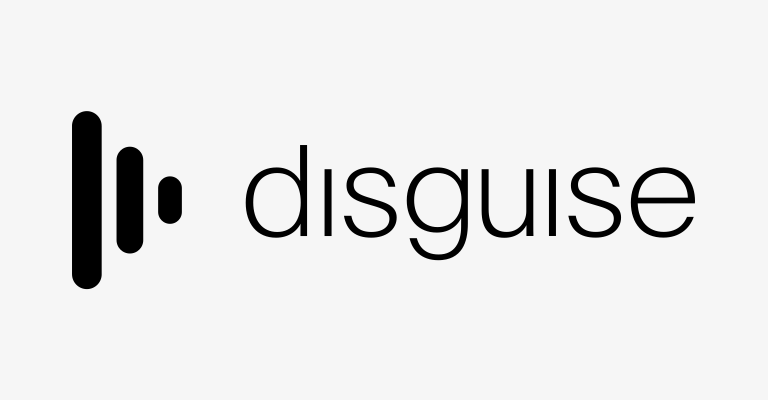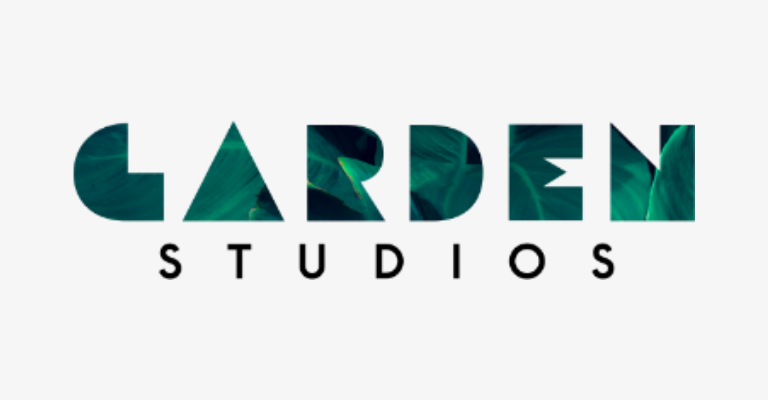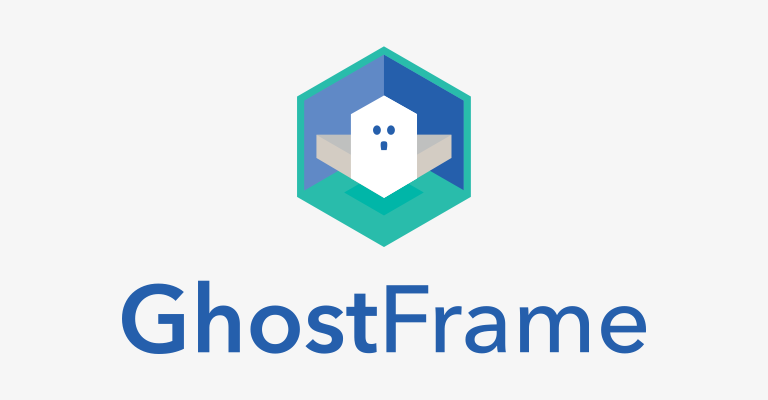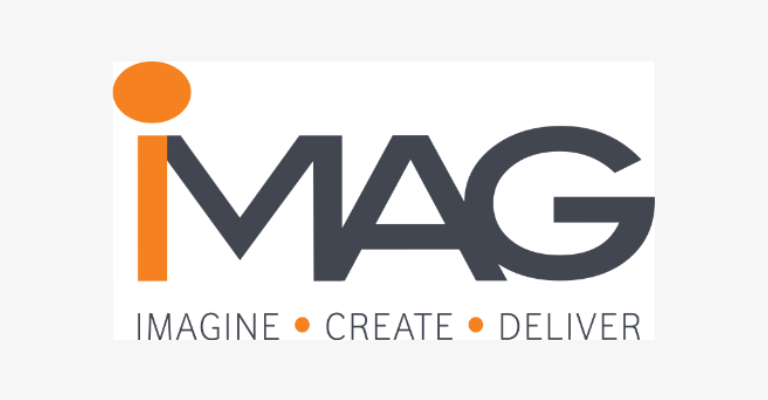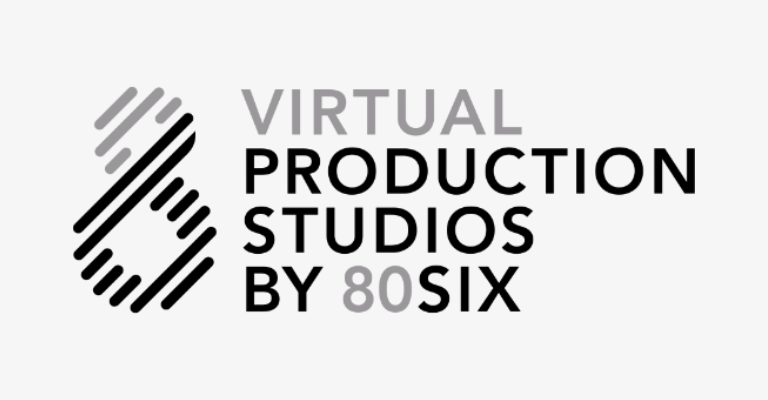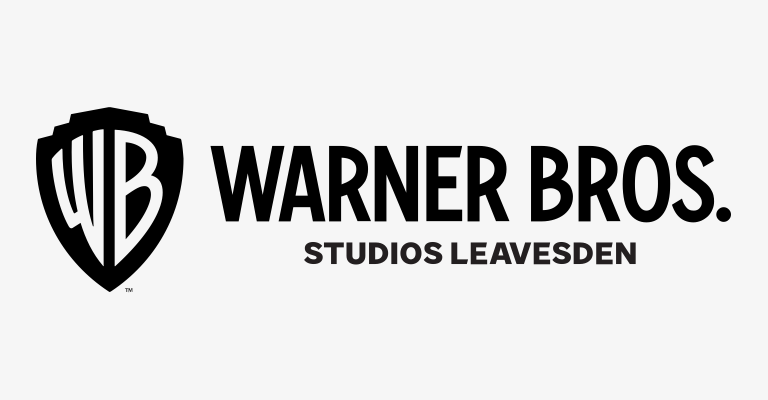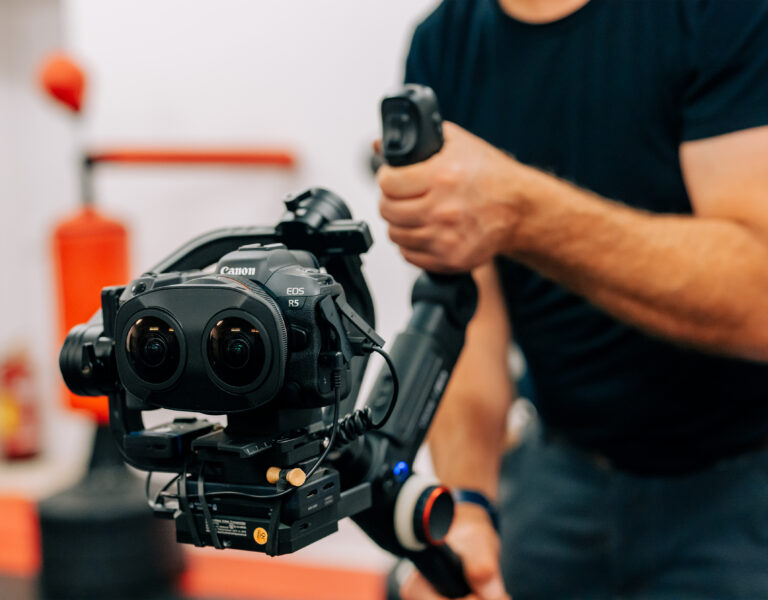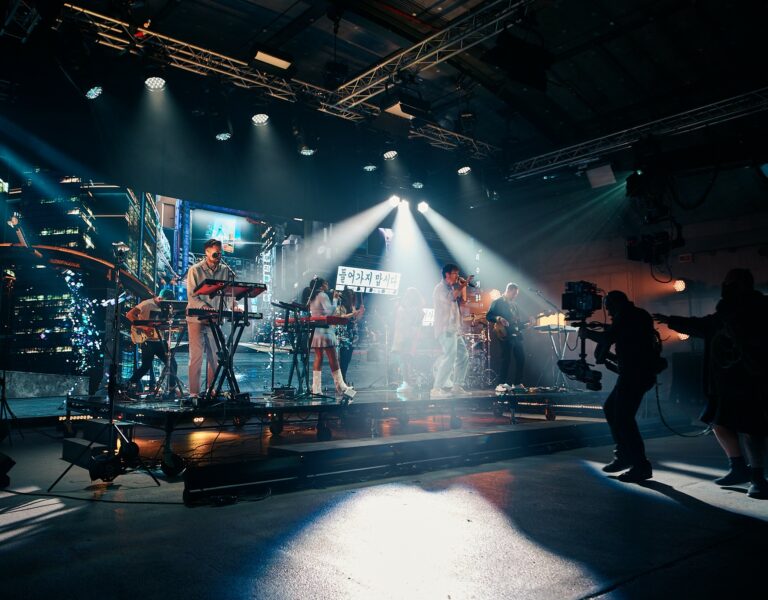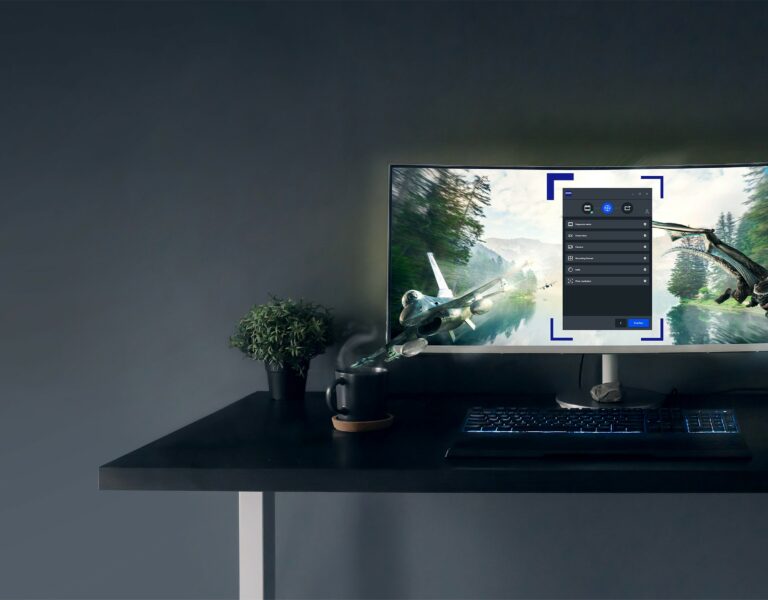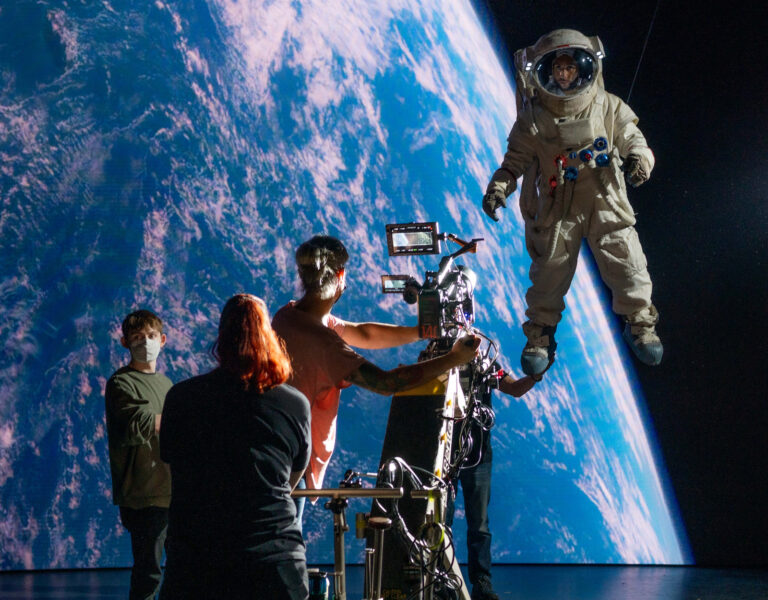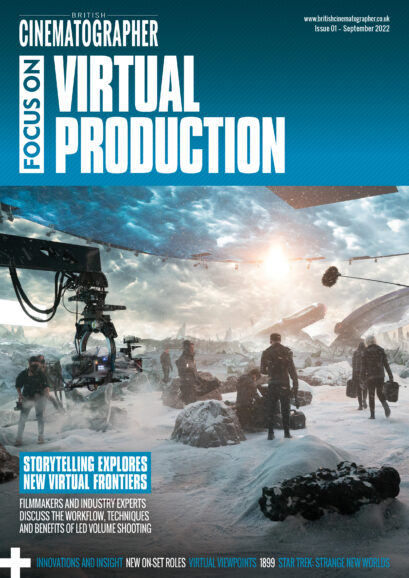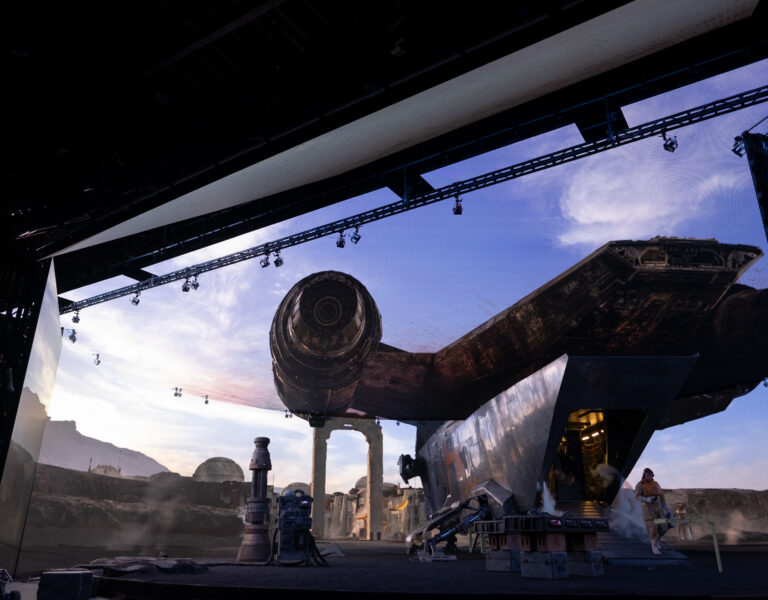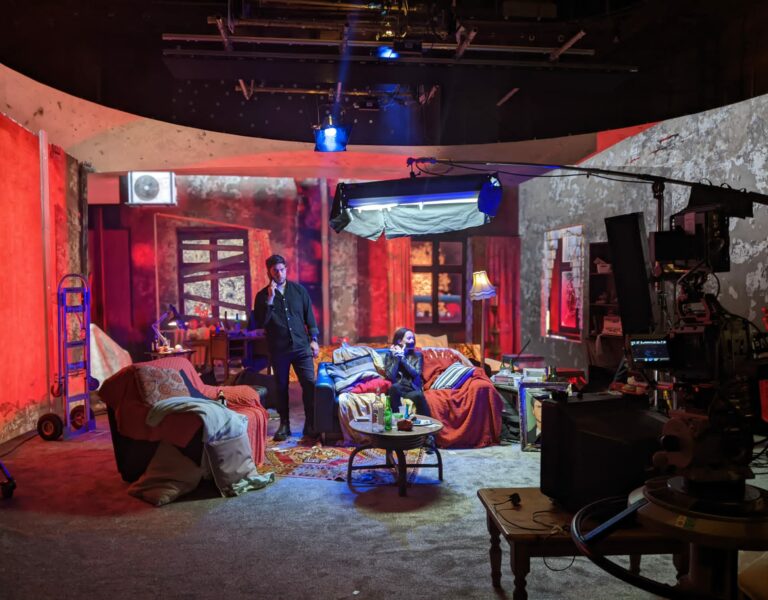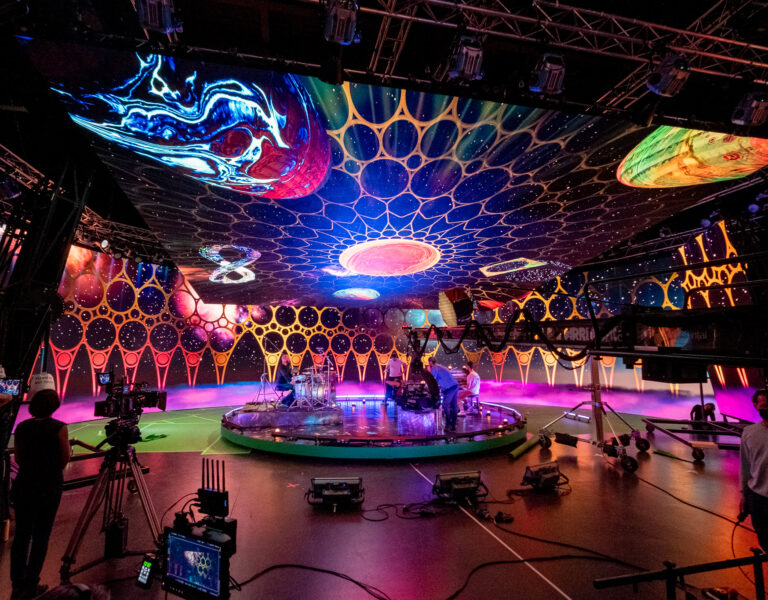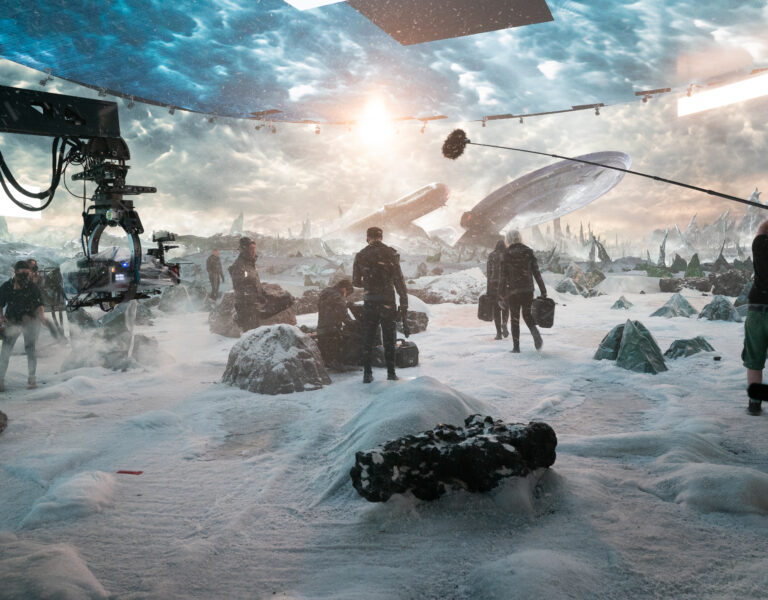Working in the virtual realm is nothing new for DNEG’s Paul Franklin but crafting his short film Fireworks in an LED volume presented boundless opportunity for getting creative.
Virtual production is something that has been developing for a long time within the world of digital visual effects. VFX artists have worked inside fully virtual environments for years, decades even; any time a VFX artist fires up a 3D animation package, they are working in a virtual environment.
The recent development of virtual production techniques finding their way into the rest of the film production process effectively lifts VFX thinking out of post- production and drops it into pre-production and production itself. This can sometimes make for an uneasy clash of cultures, but, more often than not, it can produce some wonderful results, allowing filmmakers a new level of flexibility and – crucially – new creative avenues for storytelling.
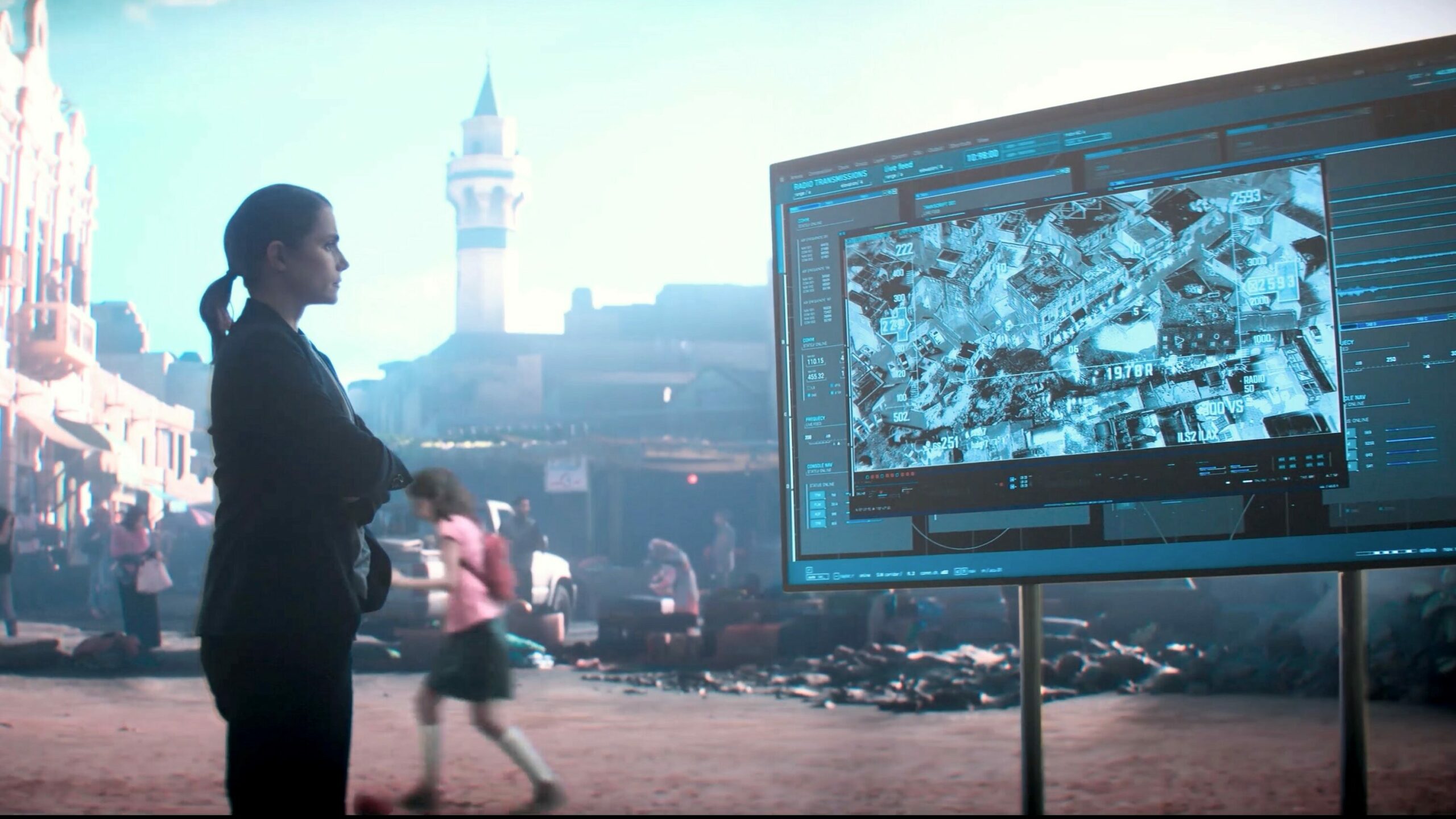
Over the last few years, I have been working with virtual production techniques, primarily through the use of real-time 3D graphics in LED volumes of various sizes. My biggest adventure in virtual production has been as the director of the short film Fireworks, which was supported by an Epic MegaGrant. Fireworks had its premiere in London earlier this year and recently featured in the short film programme at the Tribeca Festival 2022.
Fireworks tells the story of a group of UK-based MI6 operatives who are overseeing a special forces mission in Tripoli, Libya. The original version of the script was set entirely within the London Special Operations Room, where we only saw Libya as a sketchy videogame-like representation on various satellite feeds and surveillance cameras. But, as I developed the story with writer Steve Lally and producer Annalise Davis, it became obvious that we had to see Libya and – most importantly – we had to meet the people who lived there to see how their lives would be affected by the actions of the career-focused MI6 operatives thousands of miles away.
I wanted to show how each world, London and Libya, is effectively unaware of the other. The solution seemed obvious to me; put both worlds into the same frame so that the audience can see with their own eyes the separation, both physical and, in the case of the MI6 operatives, moral. I thought briefly about a VFX solution, shooting each side against green screen and then combining them in post, but
I wanted something much more immediate where I could have all the characters, both British and Libyan, on the same set, seen simultaneously by the same lens, but still in their own separate worlds. The LED volume allowed us to do that.

The pre-production process was fascinating. As an experienced VFX artist, I found the process of designing, building, and art-directing the digital assets needed for the Tripoli location to be very familiar, almost identical to the way that we make digital environments for post. But the real eye-opener was the seamless way in which our amazing production designer, Jamie Lapsley, integrated that with the design of the physical set assets.
I loved the way it all became one thing, without the unfortunate compartmentalisation that I’ve experienced on some movies where I was a VFX supervisor. So many ideas came out of that design period, all of which fed into the shoot.
On set we learned a lot. Cinematographer Ollie Downey BSC immediately took charge of the LED volume and struck up a great working relationship with the virtual production crew, essential if you want to get results quickly. The volume gave me everything that I wanted – a heightened cinematic world where connections were made between disparate locations and characters. We shot everything on the Alexa Mini LF with Panavision’s T-series anamorphic lenses, giving a beautifully textured, high-end look to the film, subverting the cinematic language of the Hollywood action thriller in exactly the way that I wanted.
–
Words by Paul Franklin



